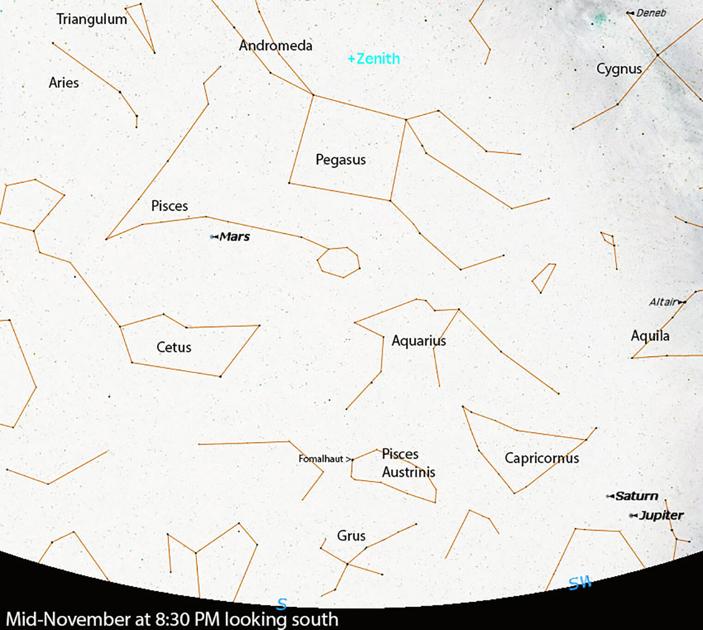
[ad_1]
There may be more water on the moon than we initially thought. While it’s not enough to think about beach vacations, it may be enough to sustain a permanent human presence on the moon.
A study released last week shows that some 40,000 square kilometers in the moon’s polar regions are in permanent shadow, so they could host water ice brought to the moon by meteorite and comet impacts. These cold traps are spread across tens of billions of small one-centimeter to one-meter depressions in regions close to the lunar poles.
Another study published last week found water in the sunlit parts of the moon. Previous studies had found infrared fingerprints of hydrogen in sunlit parts of the moon, but such detections could also be explained by other hydrogen-oxygen molecules besides water. The latest study looked in a different infrared wavelength band that would be specific to water. However, the wavelength band in question (6 microns) is blocked by water vapor in our atmosphere and there is no spacecraft capable of observing at that wavelength.
The only infrared detector capable of observing at 6 microns and capable of reaching high enough above the water vapor in our atmosphere is that of the flying observatory called SOFIA (Stratospheric Observatory for Infrared Astronomy). SOFIA is a modified Boeing 747SP that carries a 2.5 meter diameter reflecting telescope into the stratosphere. It operates from NASA’s Armstrong Flight Research Center Building 703 in Palmdale.
This was the first time that SOFIA had observed the moon and was for only 20 minutes on an observation path otherwise filled with many other objects.
Water that survives harsh solar radiation is likely found in the form of water molecules trapped in impact glass beads when the micrometeorites hit the surface or in the voids between the grains of lunar soil. The amount of water found in the southern highlands near Clavius crater at about 60 degrees south latitude is only about 100-400 micrograms per gram of soil or about 12 ounces per cubic meter of lunar soil.
It’s about 100 times less than the soil of the Sahara Desert, but before you laugh at the small amount, consider that sending just 12 ounces of water to the moon will cost us over $ 14,000 (and that’s even with an Amazon Prime membership). Extracting water from extremely dry lunar soil will save a crew of just a few millions of dollars. Humans will use water for their bodies and as a source of energy.
Success for the OSIRIS-REx mission
In other space exploration news, the OSIRIS-REx spacecraft exploring the near-Earth asteroid Bennu successfully grabbed a sample of Bennu and stored it in the capsule for a return to Earth. Since everything about the mission since arriving in Bennu proved much more difficult than expected, the OSIRIS-REx team was relieved that their first collection attempt grabbed so much that the storage container was filled. Rather than determining the mass of the sample through a rotational maneuver, the team moved to store the container as fast as possible because some material was actually leaking.
There were two more attempts built into OSIRIS-REx’s schedule before it was supposed to leave Bennu in mid-March 2021, but they won’t be needed. The spacecraft will take a long, low-fuel route back to Earth, arriving home in late September 2023. Using the same route as the successful Stardust mission in late 2005, the OSIRIS-REx capsule will land in Utah Test and Training Range.
Eyes on the asteroid
Another asteroid near Earth is receiving renewed attention. A new calculation says asteroid 99942 Apophis has a chance of hitting Earth in April 2068. Now the chance is only 1 in 150,000 but the 235-meter rock could cause significant damage if it hits us.
A team of astronomers re-examined how a tiny effect called the Yarkovsky effect could build up over time to change Apophis’ path into a rendezvous on Earth. The Yarkovsky effect is caused by sunlight heating the surface and then the body radiates the energy as infrared light preferentially in the afternoon of the rotating body (my online astronomy textbook Astronomy Notes has more details on this).
We will have a much better idea of the possibilities of a future strike when Apophis passes close to Earth in April 2029 and we will be able to make very precise measurements of the gravitational effect of the Earth on Apophis’ orbit.
Meteor shower coming
We will be able to witness a much milder impact show next week, when the Leonid meteor shower peaks on the night of November 16-17. Small fragments of Comet 55P / Tempel-Tuttle will cross our sky in the nights surrounding the peak as the Earth runs in the trail of dust left by the comet. Dust particles hit the atmosphere at 44 miles per second. The peak will occur one day after the new moon, so it should be a dark night for meteor observing. The moon will be in the first quarter on the following Saturday, November 21st.
Jupiter returns to its status as the brightest evening planets, but Mars is still performing as the bright orange-red star that can’t be missed in the southeast in the evening.
Columnist Nick Strobel is director of the William M. Thomas Planetarium at Bakersfield College and the author of the award-winning website AstronomyNotes.com.
.
[ad_2]
Source link